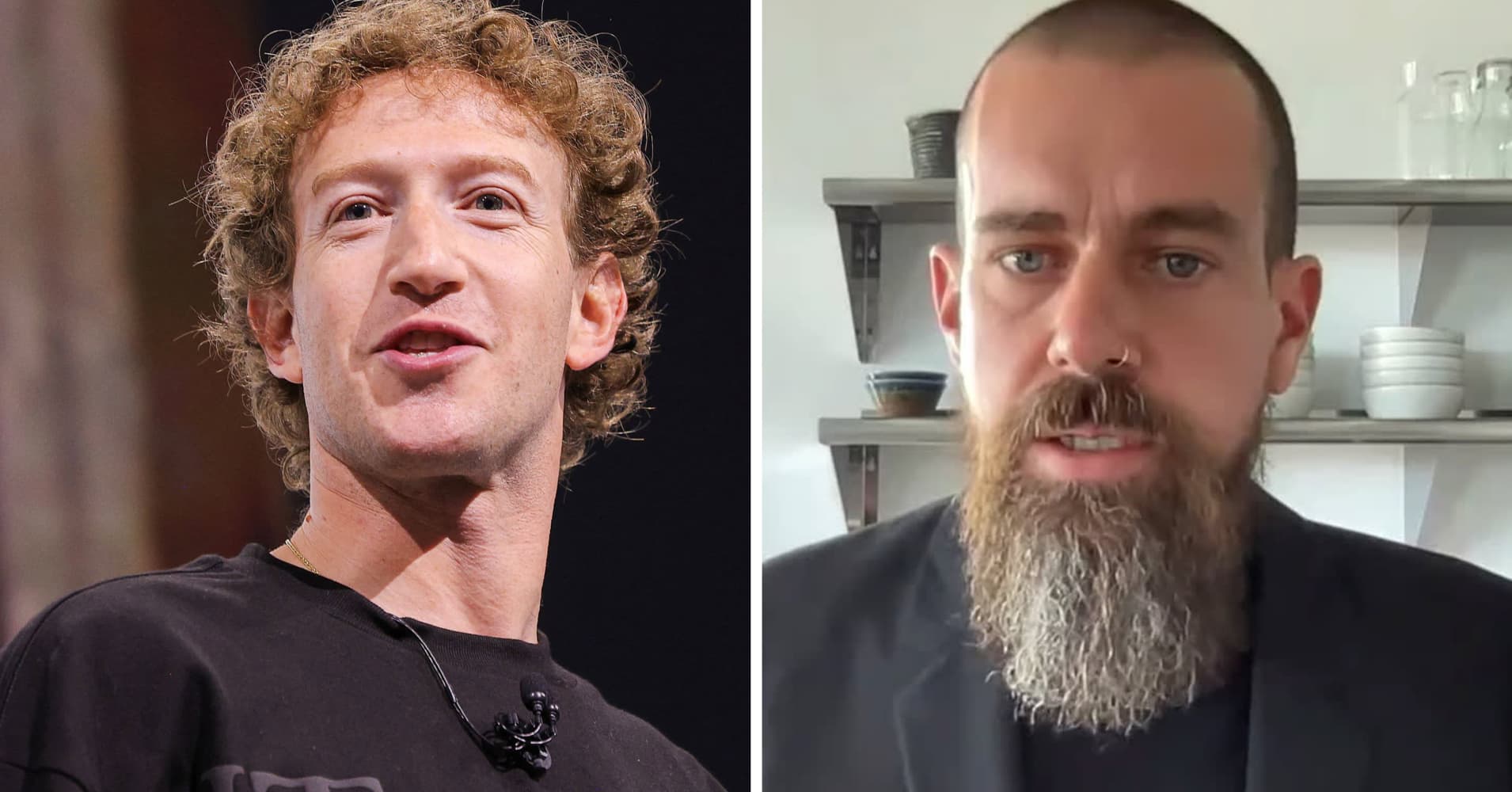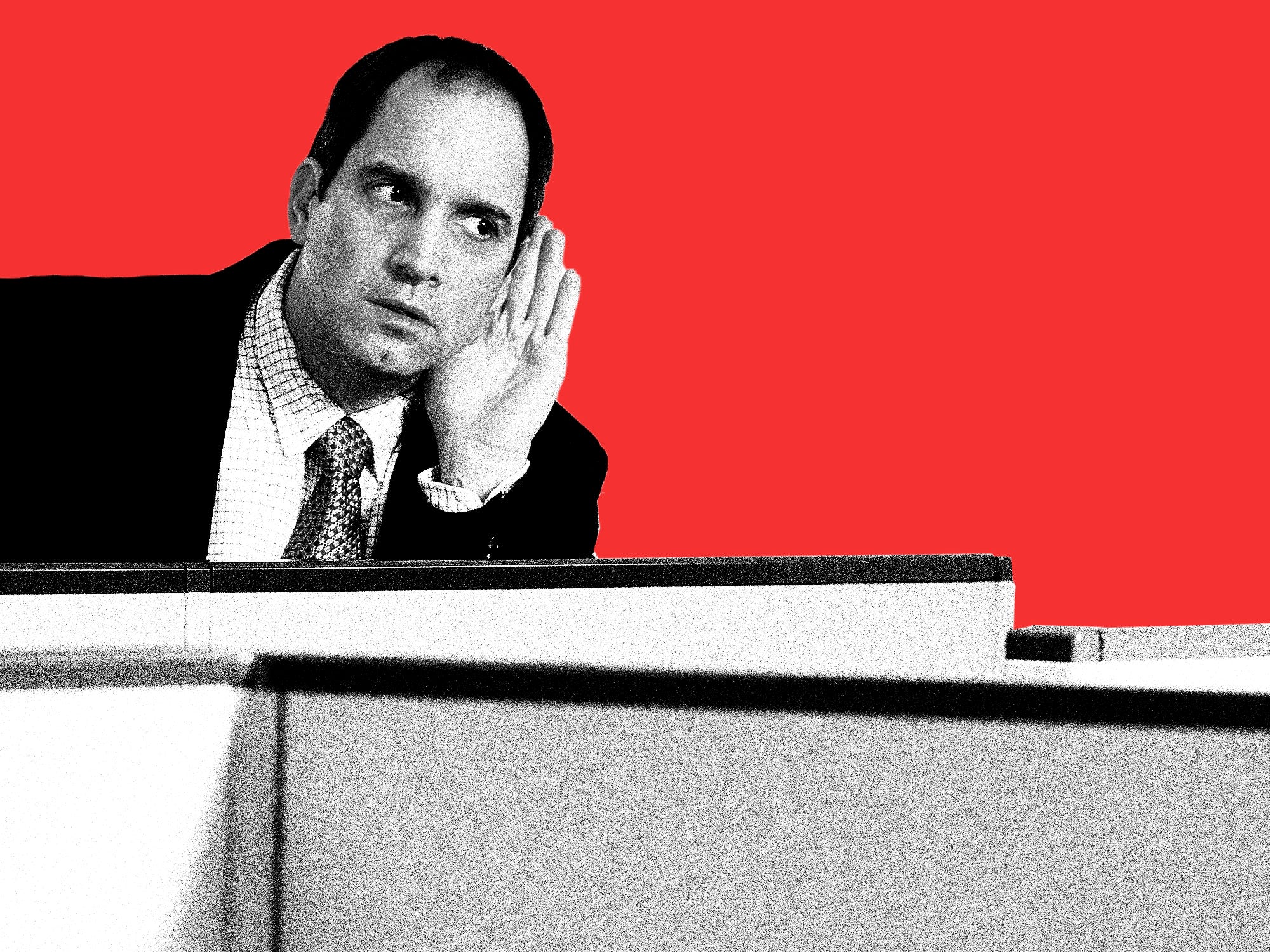
Digital Geochemistry: The AI Revolution Beneath Our Feet

In a world increasingly shaped by artificial intelligence, one innovator is applying this transformative force not just to algorithms and screens—but to the very ground beneath our feet.
Meet Denis Krysanov, the Finnish entrepreneur and visionary technologist redefining how we explore Earth’s natural resources. As the founder of Heologic Group, Krysanov is leading a quiet revolution in energy discovery through a breakthrough approach called Digital Geochemistry—a data-driven method that’s transforming how we detect and understand what lies beneath the surface.
Q: Denis, how did your journey into the world of geoscience and AI-powered exploration begin?
Denis Krysanov: My journey began in Finland, where I initially worked in the technology sector—representing and integrating advanced solutions for the oil and gas industry, including offshore drilling systems and platform modernization. While this gave me a strong foundation and my company was generating over $15 million in annual revenue with clear potential for further growth, I quickly realized that promoting other companies’ technologies wasn’t enough. I wanted to create something of my own—something capable of redefining how we explore the Earth.
Over the years, I evaluated and tested dozens of cutting-edge innovations from around the world. What struck me most was how disconnected traditional exploration methods were from the real potential of automation and AI. I became convinced that the key to the future lay in decoding subtle geochemical signals—especially helium gas emissions from the subsurface—and combining them with deep geological, geophysical, and machine learning systems.
That conviction led to the founding of Heologic. Our mission is clear: to make the subsurface intelligent—delivering faster, more accurate, and more sustainable exploration through high-precision data and digital geochemistry. What once took years and millions of dollars can now be done better, faster, and with far less environmental impact.
Q: What exactly is Digital Geochemistry, and how is it different from traditional methods?
Krysanov: Digital Geochemistry is a complete rethinking of how we explore natural resources. Traditional geochemical exploration relies on physical sampling, lab testing, and often suffers from signal degradation and delays.
Our method uses real-time helium gas flux detection at the surface, AI-powered anomaly recognition, and advanced geoscientific modeling. Instead of waiting weeks for lab results, we process geochemical signals instantly. The result is a high-resolution view of what’s happening underground—whether it’s hydrocarbons, lithium brines, geothermal heat, or natural hydrogen.
We call it a new language of the Earth—where gases like helium act as messengers that, when decoded correctly, reveal resource-rich zones without invasive drilling.
Q: Many people now know you as “The Helium Guy.” How did that nickname come about?
Krysanov: (Laughs) Yes, the industry gave me that name after we began proving that helium anomalies—previously overlooked—could accurately indicate the presence of oil and gas. This helped major operators reduce dry well rates and save millions. But helium isn’t just a proxy for hydrocarbons. It’s also vital in its own right for medical imaging, space tech, and semiconductors. We’re helping companies find helium reserves as a standalone resource too.
Q: Heologic has gained some serious traction. What has the industry response been like?
Krysanov: In 2024, we were truly honored to be named one of Darcy Partners’ Top 10 Most Innovative Companies in Geoscience for Energy. That recognition was a proud milestone for us, especially given how respected Darcy is for identifying real breakthroughs—not just hype. But for me, even more important than accolades is the tangible validation we’ve seen in the field.
We’ve now worked with operators across multiple continents—helping them accelerate discoveries, cut down on exploration costs, and significantly reduce the environmental footprint of early-stage operations. Using our methodology, we have already surveyed over 42,000 square kilometers worldwide—and the demand for our services continues to grow.
Over the years, we have collected more than 50 million rows of helium subsoil flux data, making us the proud owners of the world’s largest helium database—covering both onshore and offshore environments. This unparalleled dataset serves as an ideal foundation for training and refining our AI platforms, enabling even greater precision and predictive power in future exploration efforts.
In many cases, our technology has been introduced through pilot projects, where we were required to demonstrate tangible value before any drilling took place. Whether in pilot programs or full-scale field operations, our clients consistently express strong satisfaction with the outcomes. We deliver highly precise detection of true helium anomalies and correlate them effectively with existing geological and geophysical datasets. Over the past few years, more than 20 exploratory wells have been drilled based on our data, and we have not encountered a single case where our estimates of hydrocarbon potential or drilling outcomes were inaccurate. That’s the power of digital geochemistry—it delivers measurable impact upfront, using real data and actionable insights, long before a rig ever touches the ground.
And what we’re seeing is a shift—from curiosity to confidence. Major energy companies are now not just testing our solution, but embedding it into their workflows. It’s becoming part of their strategy to explore smarter, faster, and more sustainably. That kind of real-world traction tells me we’re not just riding a wave—we’re helping to shape it.
Q: You mentioned Darcy Partners. Can you talk about that recognition?
Krysanov: Being named one of Darcy Partners’ Top 10 Innovators in Geoscience for Energy was both humbling and deeply validating for our entire team. Darcy is widely respected in the energy sector for their rigorous approach to scouting, evaluating, and promoting the technologies that truly have the potential to move the industry forward. Their endorsement carries weight because it’s not based on marketing—it’s based on real performance, peer reviews, and direct feedback from operators and technical experts in the field.
For us, it marked a clear tipping point. We went from being seen as a bold experiment in digital geochemistry to being recognized as a critical tool for exploration success. That recognition helped open doors—not just to projects, but to real strategic conversations with major players in oil and gas, lithium, and geothermal sectors. It gave many industry leaders the confidence to pilot our technology, knowing it had already passed through such a respected evaluation process.
And perhaps most importantly, it gave our team a sense of pride and momentum. We’ve always believed in the transformative power of what we were building, but having Darcy acknowledge it publicly helped accelerate adoption and move the conversation about helium-based digital exploration into the mainstream.
Q: What inspired you to extend helium-based surveying technology to the marine environment? Was there a specific challenge or project that sparked this innovation?
Krysanov: The idea was born out of necessity. Traditional marine geochemical methods were simply not providing actionable data for helium, which is extremely volatile and escapes rapidly. During one offshore project, we attempted classic sampling approaches but quickly realized they couldn’t detect helium reliably. That failure pushed me to rethink everything. I asked myself—why not build an onboard lab that could extract and analyze helium directly from water samples in real time? That simple idea evolved into a full-fledged innovation: a high-precision, automated marine helium detection system. The system allows us to “see” invisible anomalies from hydrocarbon traps below the seafloor. It turned out to be a game-changer.
Q: Offshore exploration is typically high-risk and high-cost. How does your helium survey system reduce uncertainty for operators in these environments?
Krysanov: Our system provides early, non-invasive insights into subsurface fluid migration—something operators usually only learn after drilling. By detecting helium anomalies directly above potential traps, we give companies the ability to prioritize prospects or even de-risk seismic interpretations. In blind tests our offshore helium surveys predicted drilling outcomes with up to 100% accuracy. That kind of precision dramatically cuts unnecessary exploration wells, accelerates decision-making, and can save tens of millions in offshore budgets. We essentially deliver a digital exploration layer that overlays existing seismic and geological models, enabling smarter investment choices before committing to a single rig.
Q: You mentioned your offshore technology. Have you published anything on this?
Krysanov: Yes, in fact, I felt it was important to document our offshore breakthroughs in detail, which led to the publication of High-Precision Marine Helium Surveys last year. This book represents a major milestone—not just for our team, but for the broader geoscience and marine exploration communities.
It compiles years of field experience and research, including projects we’ve executed in the Caspian Sea, the South China Sea, and other complex offshore environments. We’ve faced everything from logistical hurdles to technological limitations at sea, and this book explains how we systematically overcame those challenges through innovation.
The core of the book focuses on our onboard helium detection and processing systems—how we collect gas samples directly from water, process them in real time, and overlay that data with seismic and geological maps. It’s the first time this level of real-time marine helium analytics has been published as a complete, standalone methodology.
Beyond just a technical manual, the book is also a call to action. Offshore exploration is expensive, high-risk, and traditionally slow. This book argues for a more intelligent, non-invasive, and cost-effective approach to exploring beneath the seafloor—one that aligns with modern ESG goals and industry economics.
My hope was to not only share our knowledge but to help establish a new standard in marine geochemistry—one that encourages operators, researchers, and regulators to adopt cleaner and smarter tools for ocean-based exploration.
Q: We heard you just published another book. Can you tell us more?
Krysanov: Absolutely. Digital Geochemistry: The New Language of the Earth is the culmination of more than a decade of hands-on research, field innovation, and deep scientific inquiry. In many ways, it’s both a manifesto and a roadmap — a reflection of where exploration science has come from, and more importantly, where it needs to go.
The book introduces readers to the principles behind high-precision helium flux detection, which sits at the core of our Digital Geochemistry method. But it goes further — exploring how artificial intelligence and automated data workflows are redefining the way we interpret geochemical signals, integrate with seismic and geological datasets, and make exploration decisions in real time.
The goal was to create something both scientific and accessible — a book that could sit on a university syllabus just as easily as on an operator’s desk. In an age where speed, sustainability, and precision matter more than ever, I believe this book provides the kind of perspective and practical knowledge that can truly help shape the future of exploration.
Q: You are probably active in different industry expert societies. Can you tell us more?
Krysanov: Yes, I’ve been involved in multiple professional societies over the years. Early on, I was part of a respected consortium where I evaluated hundreds of innovations for oil and gas development. Those evaluations had significant market impact, guiding this organization into successful international strategies.
Currently, I am a member of the Society of Petroleum Engineers (SPE), a global organization that promotes technological advancement across the upstream oil and gas industry. I’ve been invited to serve as a Director in one of the regional sections, with a focus on AI and innovation.
I also serve as a reviewer for the Society of Exploration Geophysicists (SEG) Journal—a leading publication for global geophysics—as well as for the European Association of Geoscientists and Engineers (EAGE), which focuses on applied geosciences. Recently, some of my insights were published in Forbes and other media outlets.
Q: Have you obtained any grants to support your technology?
Krysanov: Yes, we’ve worked hard over the years to promote and localize our technology. Most recently, our Kazakhstan-based team, with my full support and guidance, secured a major grant of more than 0.5M USD from the National Science Fund to commercialize our innovations. This grant will allow us to scale operations in a country that urgently needs new discoveries.
We see Kazakhstan as a key strategic market, and we’re also applying for grants in other regions where our technology can make a significant impact. These efforts support our broader mission to democratize access to energy exploration.
Q: What about your marketing strategy? How are you spreading the word?
Krysanov: Our approach to marketing is rooted in thought leadership and community engagement rather than traditional advertising. We’re introducing a fundamentally new way of thinking about exploration—so the real work lies in education, trust-building, and inspiring confidence in our vision.
Digital Geochemistry challenges long-standing assumptions in a highly conservative industry, so a key part of our strategy is visibility through knowledge sharing. I dedicate a significant portion of my time to participating in expert podcasts, publishing articles, giving interviews, and speaking at international conferences. These platforms allow us not only to showcase our technology, but to spark important conversations about the future of exploration and the urgent need for smarter, cleaner methods.
We’re also encouraging many of the industry’s leading professionals—those who have validated our technology through direct field experience—to speak publicly about their results. This kind of peer-to-peer advocacy is incredibly powerful. In fact, we are approaching a milestone of having over 50 global customers who can independently attest to the success of our methods. When respected geoscientists and engineers endorse our approach, their voices carry far more credibility and influence than any marketing campaign ever could.
Ultimately, we’re not just promoting a product — we’re promoting a shift in mindset. Our goal is to move Digital Geochemistry from a niche innovation to a global standard. That takes persistence, transparency, and the courage to lead the conversation, even when it’s uncomfortable for the status quo.
Q: Do you have experience working with investors?
Krysanov: We do, though it has been quite limited by design. Heologic was built as a self-sustaining, innovation-led company. We focused first on building a robust technology foundation, validating our approach in the field, and generating real-world results before seeking outside capital. That allowed us to grow organically, stay independent in our decisions, and refine our offerings without external pressure to scale prematurely.
But now, we’re entering a new phase. The global demand for faster, cleaner, and more cost-effective exploration is accelerating, and our technology is ready to meet that demand. We’ve proven the effectiveness of Digital Geochemistry and high-precision helium surveying in diverse geographies—from jungles to deserts, from farmlands to offshore platforms. With a growing customer base, established credibility, and a scalable model, we believe we’re in the strongest position we’ve ever been to engage with the investor community.
We’re not just looking for funding—we’re looking for strategic partners who understand the energy transition and believe in the power of data to reshape natural resource exploration. The right investor can help us bring this technology to more markets, faster, and with greater impact. So yes, while investment wasn’t a core part of our journey in the early days, it’s very much part of the path forward.
Q: What are your business plans moving forward?
Krysanov: Our business is growing rapidly, and we’re scaling globally. At this stage, we’re seeing a significant surge in demand for our services across South America, the Middle East, Asia, and North America. Based on current momentum and project pipelines, we expect to increase our revenue by a factor of five within the next year.
The U.S. market is especially exciting. With renewed interest in domestic production, our solution offers a cost-effective way to explore conventional reservoirs. Compared to unconventional production, our break-even costs are significantly lower. We have some companies interested in investing 150M US dollars into exploration of natural resources in the USA where our helium-based Digital Geochemistry will play a significant role.
We’re also expanding our offshore services. Marine helium surveys are increasingly seen as essential tools for de-risking offshore plays. More and more, our method is viewed not as a nice-to-have, but as a must-have for modern offshore exploration.
At Heologic, we’re not just building a company. We’re building a digital tool for understanding language of the Earth. And we’re inviting the entire industry to help us speak it.
Published on July 9, 2025.








